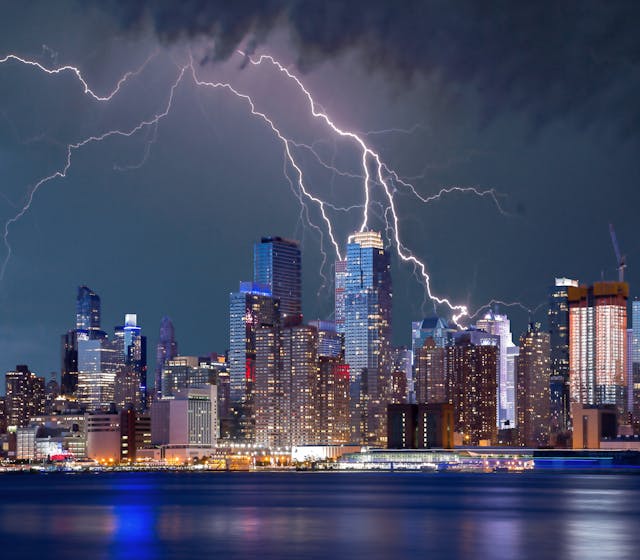5 Craziest Weather Events in World History
Weather has always played a dramatic role in shaping our planet’s history. From colossal storms to freezing temperatures, here are five of the craziest weather events that have left an indelible mark on the world.
1. The Great Hurricane of 1780
Location: Caribbean
Date: October 10-16, 1780
The Great Hurricane of 1780 is considered the deadliest Atlantic hurricane on record. This catastrophic storm ravaged the Caribbean, causing the deaths of approximately 22,000 people. It obliterated entire towns and decimated naval fleets, leaving a trail of unprecedented destruction. The hurricane’s path included Barbados, Saint Lucia, Martinique, and Puerto Rico, with winds likely exceeding 200 mph.
2. The Year Without a Summer (1816)
Location: Global, with significant impacts in Europe and North America
Date: 1816
The eruption of Mount Tambora in Indonesia in April 1815 led to the phenomenon known as “The Year Without a Summer.” The volcanic ash in the atmosphere caused significant global cooling, leading to widespread crop failures and food shortages. Snow fell in June in New England, and Europe experienced cold temperatures and gloomy skies, sparking food riots and severe economic distress.
3. The Great Blizzard of 1888
Location: Northeastern United States
Date: March 11-14, 1888
One of the most severe recorded blizzards in American history, the Great Blizzard of 1888, paralyzed the northeastern United States. Over 400 people lost their lives due to the storm, which dropped up to 55 inches of snow in some areas and produced winds of 45 mph. The blizzard caused massive snowdrifts, cutting off cities like New York, Boston, and Philadelphia for days, and led to significant infrastructure improvements in urban areas.
4. The Dust Bowl (1930s)
Location: United States, Great Plains
Date: 1930s
The Dust Bowl of the 1930s was a period of severe dust storms that greatly damaged the ecology and agriculture of the American and Canadian prairies. Caused by a combination of drought and improper farming practices, massive dust clouds, often referred to as “black blizzards,” swept across the plains. The environmental disaster forced thousands of families to abandon their farms and migrate in search of better living conditions.
5. The Bhola Cyclone (1970)
Location: East Pakistan (now Bangladesh) and West Bengal, India
Date: November 13, 1970
The Bhola Cyclone is the deadliest tropical cyclone ever recorded, killing an estimated 300,000 to 500,000 people. With wind speeds reaching up to 115 mph and a storm surge that inundated coastal areas, the cyclone caused widespread devastation. The disaster significantly affected Bangladesh’s political landscape, contributing to the eventual independence of Bangladesh from Pakistan in 1971.
These five weather events highlight the tremendous power of nature and its ability to alter human history dramatically. Whether through hurricanes, blizzards, volcanic eruptions, or droughts, these phenomena remind us of the planet’s incredible and often unpredictable forces.
